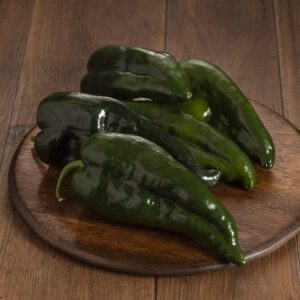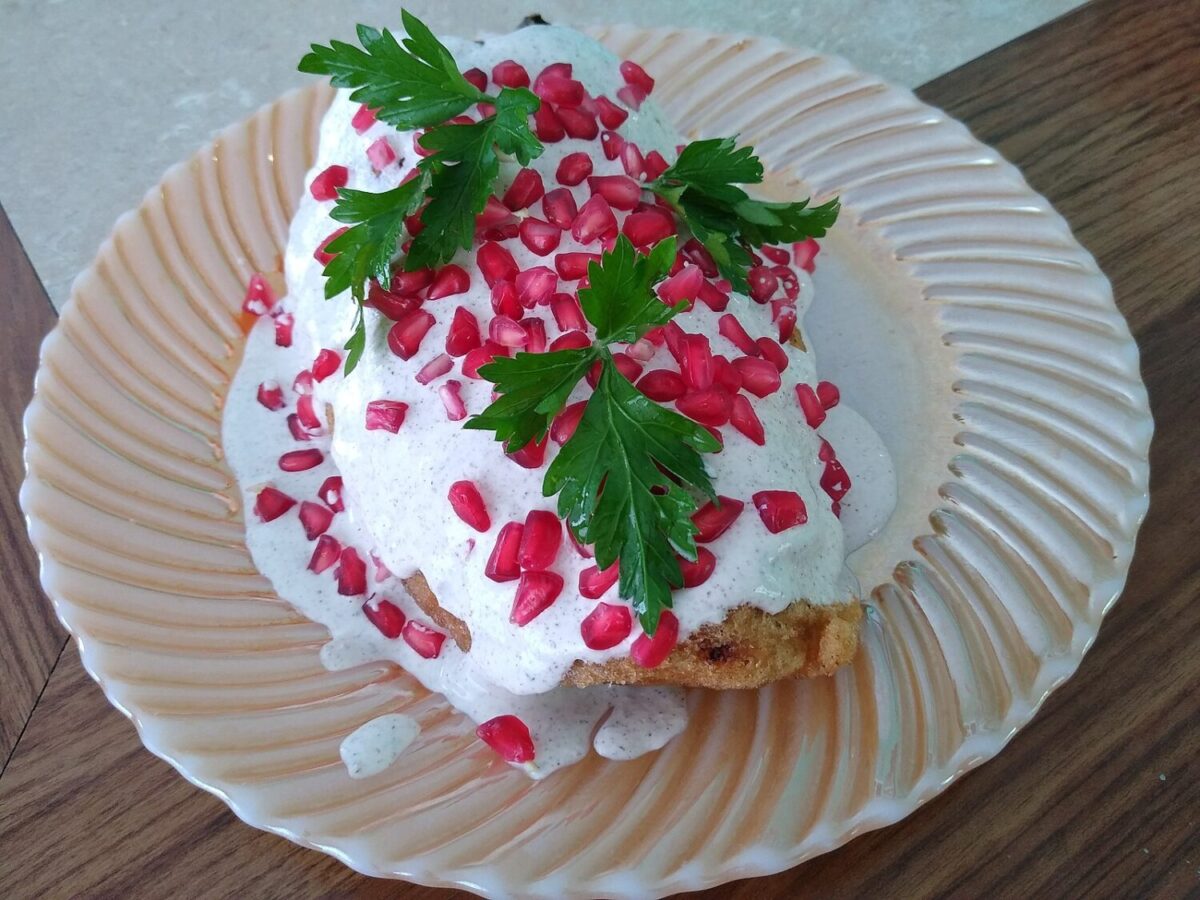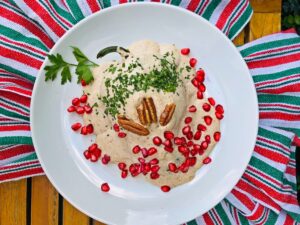A MEXICAN CLASSIC
My main mission as a Foodie Blogger is bringing to your table everything there is to savor about our Mexican culture and as proud Mexicans, knowing the ingredients of Mexican Traditional dishes is just as important as learning the national anthem or our house address, as well as the legends behind the flavor of The Mexican Cuisine.
Since ancient times, all the way back from The Toltecs, the Aztecs and even the Mayas, drinks and dishes emerged that currently represent bites of our history, and although times change and evolution is imminent, there are classic dishes that continue to taste just like those years of struggle and resilience.
For September’s post, I wanted to bring you the season’s traditional dish: The Chiles en Nogada, a colorful party dish arriving at our table by the end of August and just in time to eat it during this month, the month we celebrate Mexican Independence. That’s right folks, México’s Independence is celebrated on September 16, not 5 de Mayo, which on the other hand is not even a big deal in most of Mexico.

Photo by Fernando Gomez Cortes
WHERE DOES THIS HISTORICAL DELIGHT COMES FROM?
One of the states that proudly represents Mexican Cuisine without a pinch of doubt, is the state of Puebla. Located 3 hours away from Mexico City, with all kinds of climate and vegetation, this land is the perfect place to find great-tasting and fresh crops, as well as the breeding and sale of all types of livestock, among many other cultural and recreational activities.
Puebla was founded 10 years after the Spanish conquest with the intention of being an “exclusive” city for inhabitants of Spanish origin, and all those curious indigenous people who wanted to learn customs and trades from the old world. Spaniards brought all kinds of things to Puebla, such as wheat seeds and the first mills to prepare bread, and at the same time, they established the first glass foundries and the first ceramic workshops. Finally, with the arrival of a wide variety of fruit trees like apples and pomegranates, vegetables, a variety of nuts, spices like cinnamon and cloves, and cattle such as pork, sheep, beef, and all the wonderful dairy products that come with them, the evolution of Mexican gastronomy began to flourish through the hands of the cooking nuns who used to prepare large amounts of food, to later exchange their dishes for alms for the convent where they lived, let’s call them the pioneers of the food delivery service. According to the seasonal harvests, they prepared all kinds of starters, broths, main dishes, and desserts, thus turning them into “Traditional Seasonal Dishes”.
ENTER THE CHILE POBLANO
Just like the tomato and cacao, seeds and plants of chili peppers originating from Mexican lands were taken to Spain, with the intention of cultivating a variation that was not so spicy when inherited with the peppers originating in Africa, resulting in the poblano chile. Once back in Puebla, just as they did with peppers in Spain, the poblano pepper begins to be filled with vegetables, beans, and with the new kid in town, cheese. At the same time, just like in both art and architecture, the inspiration of the baroque movement reaches the kitchens in Mexican convents and with it, the need to decorate and exaggerate the flavors of the dishes, giving birth to the egg-battered technique.

source: lacomer.com.mx
A DISHED ETCHED IN MEXICAN HISTORY
The war for Mexican Independence started on September 16, 1810. When the priest of criollo descent, Miguel Hidalgo y Costilla, called the people to revel against the Spanish oppressors.
The fighting lasted 11 years until finally, by 1821, towns and cities were taken back by the Trigarante Army. At the beginning of August, led by Agustin de Iturbide, a big army arrived in Cholula, Puebla demanding all inhabitants of the Spanish side to withdraw from the now independent lands, trying to avoid one last bloody battle. The triumphant arrival of the Army and Iturbide became reason enough for a big celebration accompanied by a sumptuous feast prepared by all the cook nuns.
The legend goes that the convent of Santa Monica, in charge of preparing the desserts for the feast, decided to prepare the classic recipe of chiles filled with candied fruits, but this time with a twist. Inspired by the colors of the new flag of the Independent Army, the nuns bathed the poblano pepper with a sweet walnut white sauce known as Nogada, decorated on top with the color green of the parsley leaves and the intense red of the pomegranate seeds. Introducing the first and almost perfect recipe for Chiles en Nogada. It was not until years later, during the times of economic crisis after the long war, that cooks found themselves in need of reducing meals and portions by modifying the traditional recipes, this time Beef and pork were mixed with the original fruity stew, resulting in the final and traditional recipe of Chiles en Nogada, no longer considered a desert and now presented as a main dish.
HOW TO COOK IT?
When Mexicans talk about Mexican food, it usually gets difficult to describe it in a single word or sentence. There are smells, flavors, and sensations that cannot be explained and sometimes it is definitely better to try things for yourself than to be told around. So, why not venture to prepare this traditional recipe?
Due to the detailed preparation and that sometimes it is not easy to find all the ingredients, here is an excellent video of Janet, a Mexican lady who currently lives in Texas but who continues to prepare the Mexican classics with ingredients that are easy to find in the United States, and although the video is in Spanish, it gets easy to follow her steps and secrets.
Chiles en Nogada- Jauja Mexican Cuisine (Spanish Version)
Oh! but don’t you worry dearest foodies, I’ll also share a great Recipe and video in ENGLISH of Chiles en Nogada, brought to you by Maggie, born in the States to Mexican parents.
Happy Cooking!!
Viva Mexico!
Viva Meixan Independence Day!
Viva the Mexican Traditional Food!
Viva Eating With Carmen!
– Viva Abbey!







